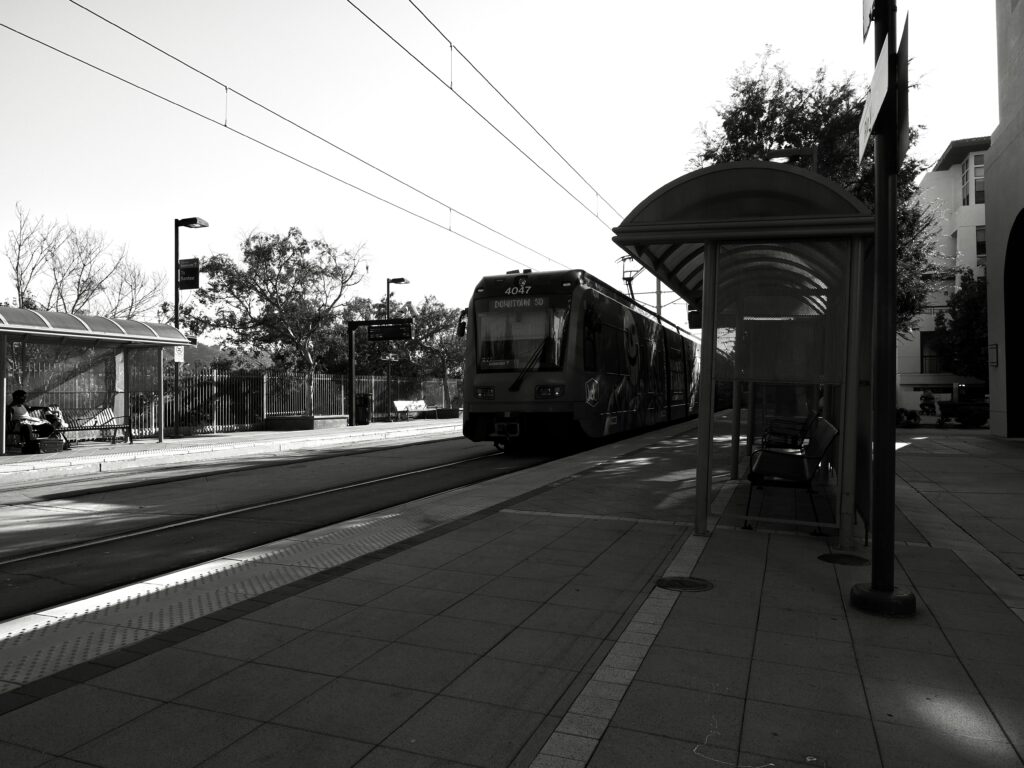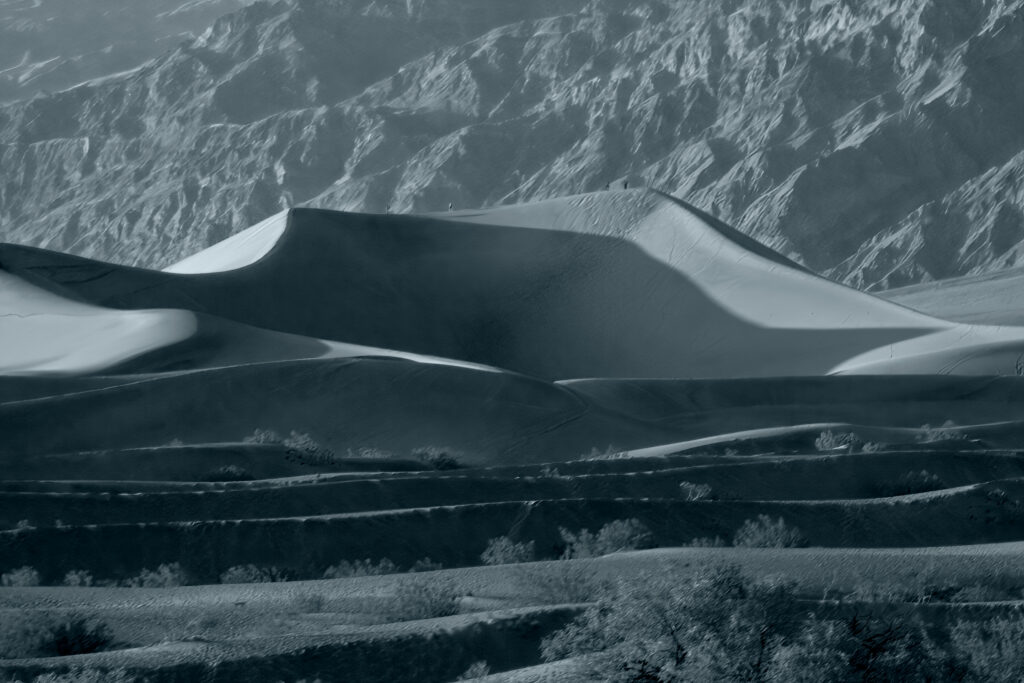
Some members of the UCSD Photography Interest Group are interested in astrophotography. This can be a challenging genre to master. Here are some tools & information that may help photographers create better images of the night sky.
Night sky photography requires a fast lens to help keep the ISO & shutter speeds as low as possible. Star movement or streaking occurs if the shutter speed is too long for the focal length. One tool that helps with this is a star tracker. I use a MoveShootMove Star Tracker and it allows minutes-long exposures (I use 2mins, ISO 1600, f4) with no star movement when properly align with Polaris. This is a very compact, affordable, simple to setup and use rechargeable device you attach between your camera and tripod. There are several affordable star trackers but it’s also possible to layer multiple shorter exposures and composite a night sky image.

If you do not use a star tracker, then image stacking software can help improve the image quality by reducing the noise. Image stacking software can also improve star-tracked image quality even further. Programs like Sequator will overlay and align several images to improve the resolution & noise of the night sky & stars. But if there is a foreground subject, it will require a separate single exposure to merge with the Sequator starry sky image.
- Sequator for Windows PCs is a free program that’s fairly easy to use plus there are a variety of tutorials available online especially on YouTube.
- Starry Sky Stacker for MacOS is a buy-once app popular for Macs. Similar to Sequator, it will stack and auto-align multiple night sky images.
- StarStaX for Windows or MacOS is a free program for image stacking and blending primarily for Star Trail Photography.
- StarXterminator & NoiseXterminator are paid plugins for Photoshop or PixInsight from RC-Astro.com. They can improve your processing of Milky Way images by separating the stars & Milky Way into separate layers. See this tutorial for more info: https://ucsdphoto.group/2024/05/processing-starry-images/
- StarNet++ is a free executable that can remove stars from your astrophotography image. Like StarXterminator, it results in a starless 16bit tiff of the Milky Way. This allows the starless Milky Way tiff to be imported into Photoshop as a layer and processed independently from a stars layer.
- Siril – is a free, popular technical night sky image processing suite for Windows, Mac, & Linux. But it requires watching some YouTube tutorials to understand how to get the most out of this powerful, free program designed by astrophotographers. You can add StarNet++ star eliminator as a scripting option.
- Links & info to other programs like DeepSkyTracker can be found here: https://www.startools.org/links–tutorials/free-image-stacking-solutions
- Other information on how to set your digital camera for astrophotography can also be found online at links such as https://www.startools.org/links–tutorials or on YouTube.






























































